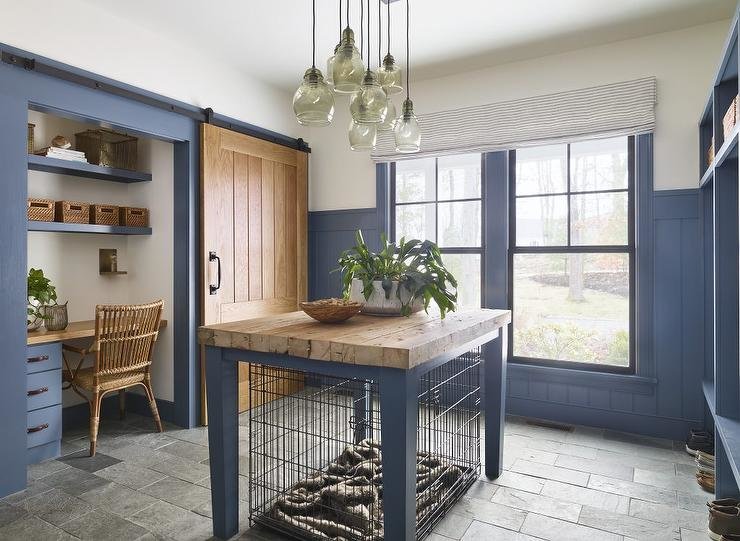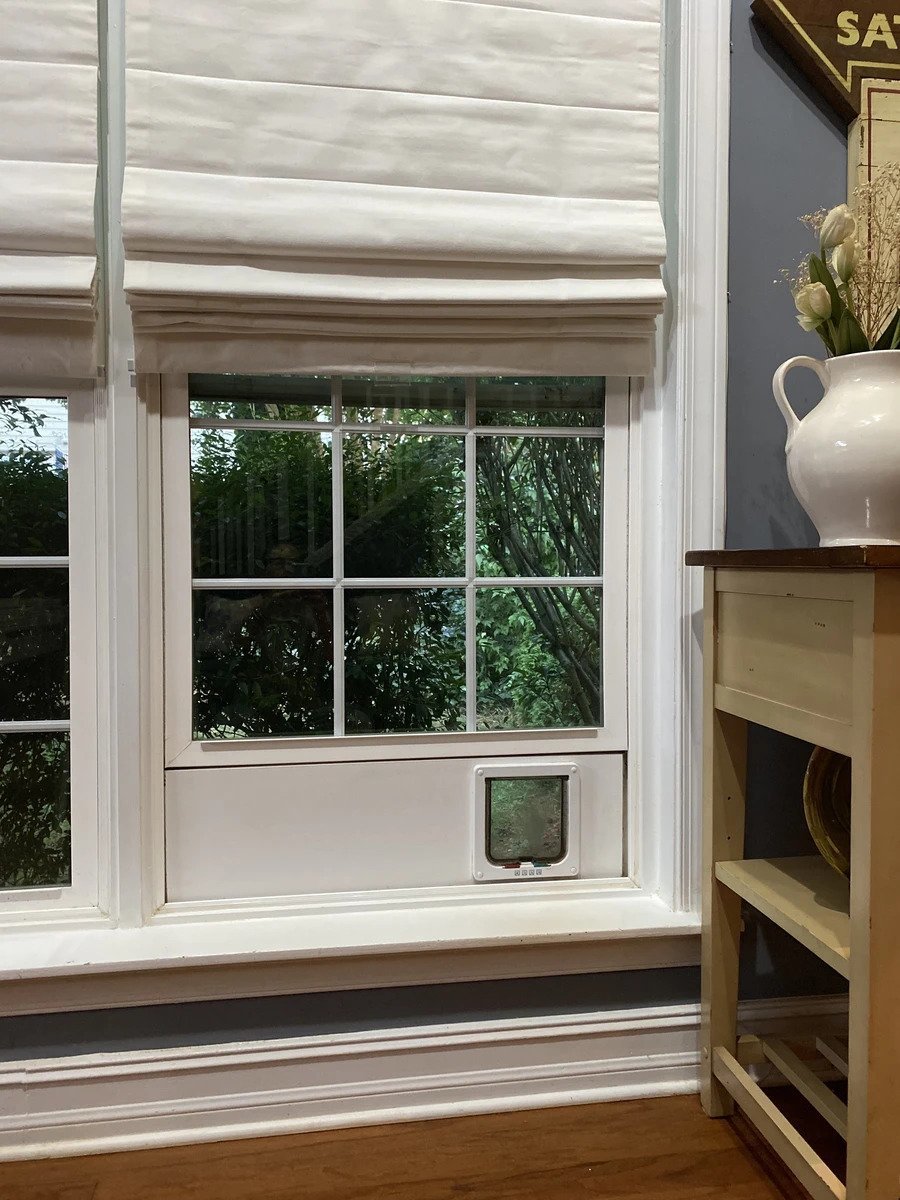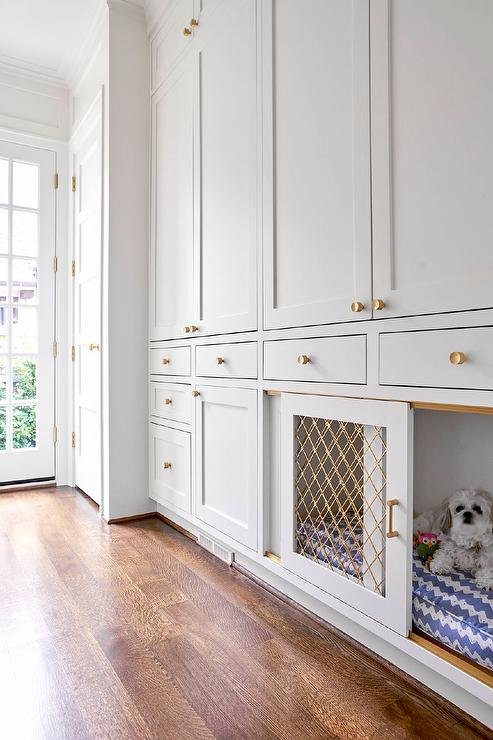
Remodeling Homes Around Pets
When it comes time to remodel or make home improvements, some pet owners go to extremes to provide a pampered environment for their pets. From building in-the-wall cat tunnels to designing outdoor dog runs, homeowners with pets drop big bucks on remodels that they hope their pets will enjoy.
 According to The Humane Society, almost four out of every 10 households in the U. S. own at least one dog, and about the same number own cats. HSUS says there are 73 million dogs and 90 million cats living in American homes.
According to The Humane Society, almost four out of every 10 households in the U. S. own at least one dog, and about the same number own cats. HSUS says there are 73 million dogs and 90 million cats living in American homes.
The American Pet Products Manufacturers Association estimates higher numbers of pet ownership than HSUS. The APPMA says six out of 10 households have a pet and pet owners spend more than $40 billion a year on their pets. These astronomical numbers reflect a huge potential market for pet-friendly home remodels.
Remodeling Industry Statistics
The Joint Center for Housing Studies at Harvard University annually publishes research on housing in the United States. Its February 2007 publication, Foundations for Future Growth in the Remodeling Industry, predicts homeowner spending on home improvements will increase 44% in inflation-adjusted terms between 2005 and 2015.
Why Pet-Friendly Remodeling Will Gain in Popularity
Pets fill a need in the lives of many people. The bond between humans and animals runs deep for many pet owners. People who place a high premium on pet companionship include the following:
- Young single people who move away from family and friends for employment reasons.
- Divorced individuals. The upheaval of divorce and desire for comfort lead many newly singles to seek solace in the relationship they have established with their pets.
- Empty nesters. Couples whose children have grown and moved out on their own.
- Childless couples. Some couples who have decided against having children treat pets as a stand-in for kids.
- Families with children. Pets are often an extension of the family unit and included in family vacations.
Baby-boomers, those born between 1946 and 1964, are retiring in style.
- From 2010 to 2030, experts predict we will see a dramatic increase in the number of affluent older households.
- With the rise of wealthy baby boomers retiring, comes a demand for luxury goods and services.
- These individuals have discretionary income to spend, and their pets are a big factor in their financial decisions.
- Many homeowners decide to stay put and remodel.
- Homeowners who remodel today are making choices that reflect their individual lifestyles.
- We are living in an "I Want THAT" society. When pet owners spot pet-friendly architectural design elements in pet hotels and doggy daycare centers, they want the same creature comforts for their pets at home.
Pet-Friendly Remodeling Trends for Pet Owners 
My cats don’t need catnip-filled satin pillows; they’re just as content to bat around a wad of crumpled aluminum foil. But like many pet owners, I like to provide them with a little something extra, whether it’s in cat toys or thinking of them when making remodeling choices. When I replaced the floor-to-ceiling windows in my family room, I ordered small sliding windows at floor level This way the cats can sit on the floor, feel the outdoor breeze and stare into the garden at birds. You can see them in the photo above.
Here are 10 practical and visually appealing design ideas you can use when remodeling with your pet in mind:
- Indoor Pet Retreats. These rooms are generally located by an outside back door, with a lockable exterior access door designed for your pet to go inside and out. These pet retreats sport automatic feeders and drinking fountains, and some feature a doggy shower.
- Disguised Litter Boxes. Apart from offering privacy, many of these designs resemble furniture. Some cat box designs are situated in a separate room such as a garage, with access provided by a secret cat door hidden inside a cabinet.
- Heated Floors. Pets appreciate warm floors as much as humans. Just ask cats who curl up to radiators.
- Platform Beds. Much like one would design a window seat, these beds are attached to the wall and are much less expensive to build than, say, buying a Gucci doggy bed.
- Cat Ramps and Cat Trees. Cat ramps are stairs that diagonally run up a wall to meet a shelf, which runs below and along the perimeter of the ceiling. Floor-to-ceiling cat trees are constructed like columns throughout the home and wrapped in carpet or rope.
- Doggy Overlooks. This design feature lets your dog stick his head through a square opening on the second floor, so your dog can keep tabs on his owners below.
- Wood Floors / High-End Linoleum. While it may seem like an oxymoron, expensive linoleum floors are becoming popular because they offer easy clean up after pet accidents. Wood floors are easier to maintain than carpet, and light to medium finishes minimize scratches.
- Storage Rooms. For people who purchase pet supplies in bulk, special storage rooms are a terrific solution for storing bags of pet food, cat litter, and other pet supplies.
- Built-in Benches With Removable Covers. These look like benches but open their covers and you'll see they're toy boxes. They also make a convenient place to stash leashes and large doggy balls.
- Stain-Resistant Fabrics and Carpeting. Pet owners who don't like the look of shedding hair choose fabrics, rugs and non-toxic carpeting that match their pet's fur.
Elizabeth Weintraub for The Balance
Posted by The Cobb Group on
Leave A Comment